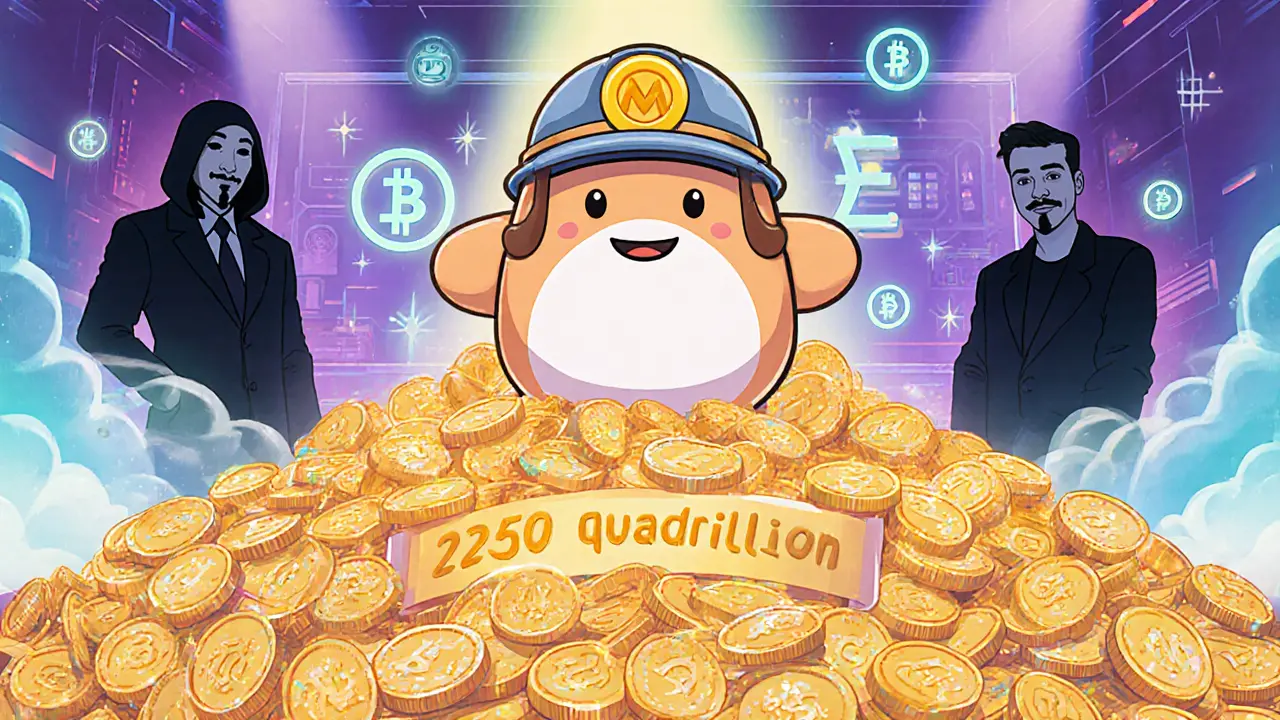DeFi Meme Coin: Trends, Risks, and Opportunities
When exploring DeFi meme coin, a hybrid asset that blends decentralized finance utilities with the viral appeal of meme tokens. Also known as defi meme token, it bridges community-driven hype and real financial functions like staking or yield farming. This combination creates a unique risk‑reward profile that attracts both speculators and everyday users.
One of the core building blocks behind any meme coin, a digital currency that gains value mainly from social buzz and meme culture is community sentiment. When a meme catches fire on Twitter or TikTok, the coin’s price can surge overnight. However, that same hype can evaporate just as quickly, leaving investors with sharp losses. Understanding this volatility is key before you chase the next viral token.
Another essential piece of the puzzle is the DeFi token, any cryptocurrency that powers decentralized finance protocols such as lending, borrowing, or automated market making. DeFi tokens provide the functional backbone – they enable smart contracts that lock assets, distribute rewards, or manage liquidity pools. When a meme coin adopts DeFi features, it moves beyond pure speculation and starts offering tangible utilities, like earning yield on holdings.
Key Elements That Shape DeFi Meme Coins
Liquidity mining is often the engine that fuels growth. By rewarding users with extra tokens for providing liquidity, projects create a feedback loop: more liquidity attracts traders, which in turn boosts token price and visibility. This mechanism enables DeFi meme coins to achieve rapid market depth, but it also requires vigilant tokenomics to avoid unsustainable inflation.
Airdrops play a similar promotional role. Projects hand out free tokens to early supporters, hoping the distribution sparks community buzz and locks users into the ecosystem. An effective airdrop influences adoption rates and can act as a catalyst for price momentum, yet it also raises questions about regulatory compliance and long‑term value.
Tokenomics, the set of rules governing supply, distribution, and incentives, ultimately defines risk. A deflationary model with burn mechanisms may create scarcity, while a high‑inflation supply can dilute holdings fast. When evaluating a DeFi meme coin, look for clear metrics: total supply, circulating supply, burn rate, and reward schedules. These attributes shape both short‑term price swings and long‑term sustainability.
Putting it all together, a DeFi meme coin combines the viral pull of meme culture, the functional depth of DeFi, and the community incentives of liquidity mining and airdrops. This blend requires a balanced tokenomics design to keep hype from turning into a hollow bubble. By recognizing how each element interacts, you can spot promising projects early and avoid common pitfalls.
Below you’ll find a curated set of articles that dive deeper into each of these topics – from airdrop guides and tokenomics breakdowns to exchange reviews and risk assessments. Use them as a practical toolbox to navigate the fast‑moving world of DeFi meme coins.
Mochi DeFi (MOCHI) Explained: Token Overview, Tech, and Market Outlook
A clear, up‑to‑date overview of Mochi DeFi (MOCHI) token, covering tech, market data, how to buy, risks and future outlook.
